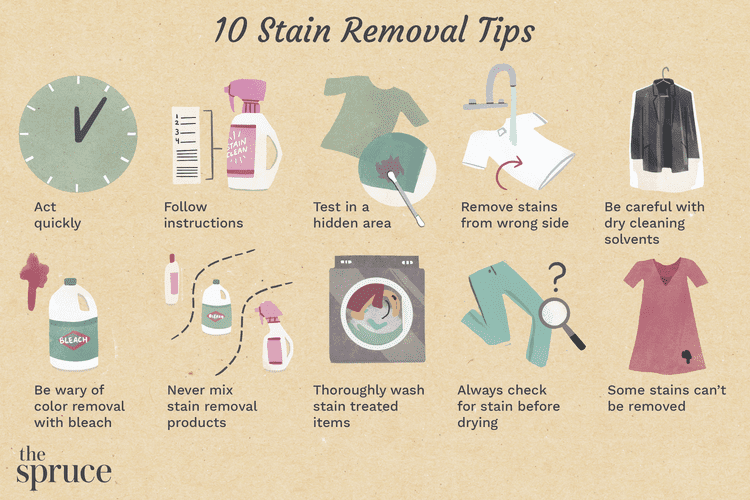
Stains are an inevitable part of life, whether you’re wearing clothes, have a carpet, or are using items that are prone to dripping, leaking, or smudging. However, you don’t have to face these stains without a plan. We’ve compiled a comprehensive collection of resources on how to effectively remove stains, offering you the best advice, techniques, and necessary supplies. Additionally, we’ve put together a convenient table that covers stains from A to Z.
If you’re prepared to continue, take a look at our comprehensive guide to eliminate all kinds of stains, whether it’s pizza sauce or paint splashes.
Contents
Ways to Eliminate Stains from Fabrics
Using the appropriate technique, you can eliminate any type of stain from your garments. Here is a universal guideline for tackling any spill that may have marked your clothing.
- Act swiftly when dealing with a stain—most stains can be eliminated if addressed promptly. If you’ve accidentally spilled red wine during a meal, begin rinsing the stain with cold water right away. The sooner you respond, the better the chances of completely removing the stain.
- Several reliable methods exist for eliminating stains: powerful laundry detergent, dishwashing liquid, or a specialized commercial stain remover for fabrics. Any of these options should work well for tackling a majority of stains.
- For particularly stubborn stains, soak the fabric in warm water. If the stains are not severe, simply wash it in cold water as you normally would.
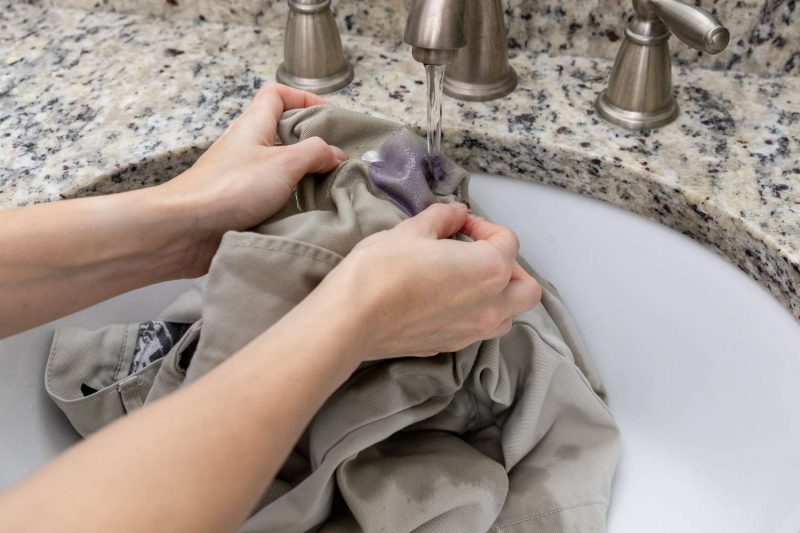
Typical Stains to Keep in Mind
By following these simple suggestions, you can eliminate these typical stains in a flash.
Oil
Accidents occur—oil can splatter from your frying pan onto your white shirt. First, use a dull knife or spoon to scrape off any solid oil residues from the fabric, and then blot the liquid oil stains with a paper towel. Once you’ve removed the excess oil, sprinkle some baking soda on the stain to absorb any remaining oil. After letting it sit, you can proceed to wash the shirt. Apply a strong laundry detergent directly to the stained area and check to see if the stain has vanished. Finally, wash the shirt, and you’ll find the oil stain is gone.
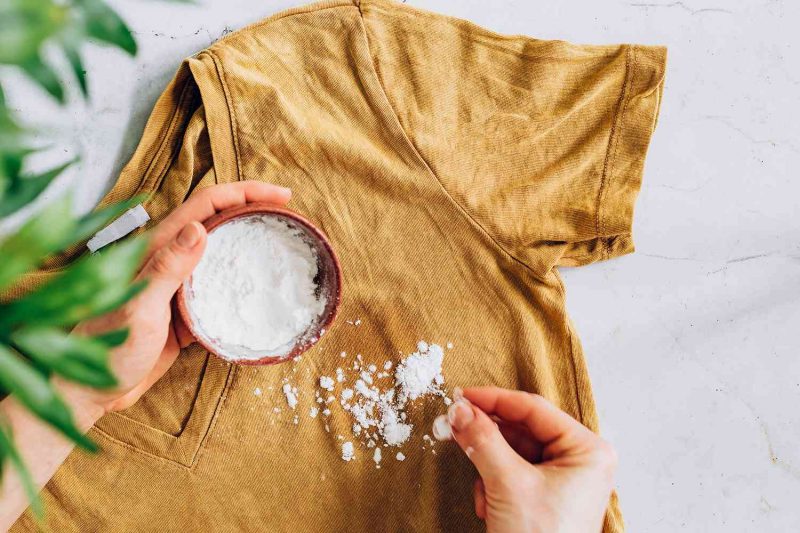
Coffee
To treat a new coffee stain, start by rinsing the fabric with cold water from the back to prevent the coffee from soaking in. Next, gently work in some liquid laundry detergent or dish soap mixed with a bit of cold water into the stain, letting it sit for about 5 to 10 minutes. After that, spray or apply a stain remover to the affected area, and then launder the item as you normally would.
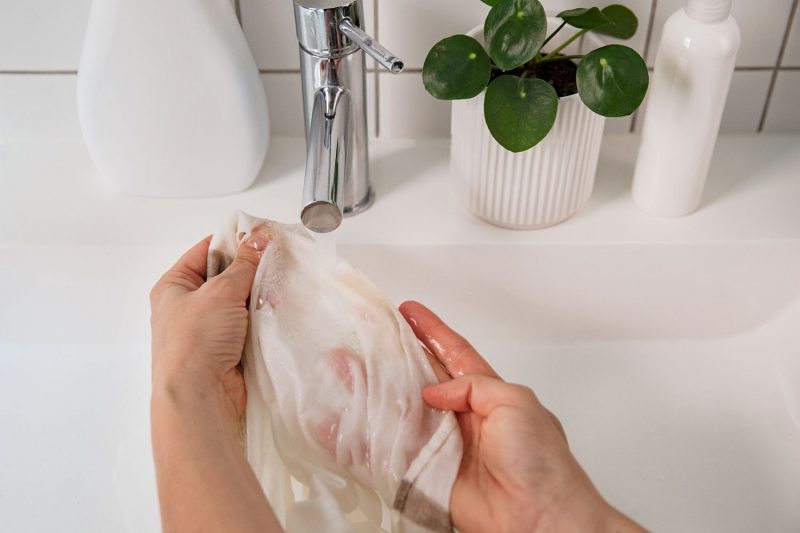
Crimson Wine
Prevent a wine night from damaging your beloved clothing. Start by dabbing the wine stain gently with a fresh cloth or paper towel. Then, immerse the fabric in a solution of OxiClean powder and the hottest water suitable for the material. Check the item to determine if the stain has been removed. If it persists, apply a stain remover, allow it to work for a while, and then wash the garment.
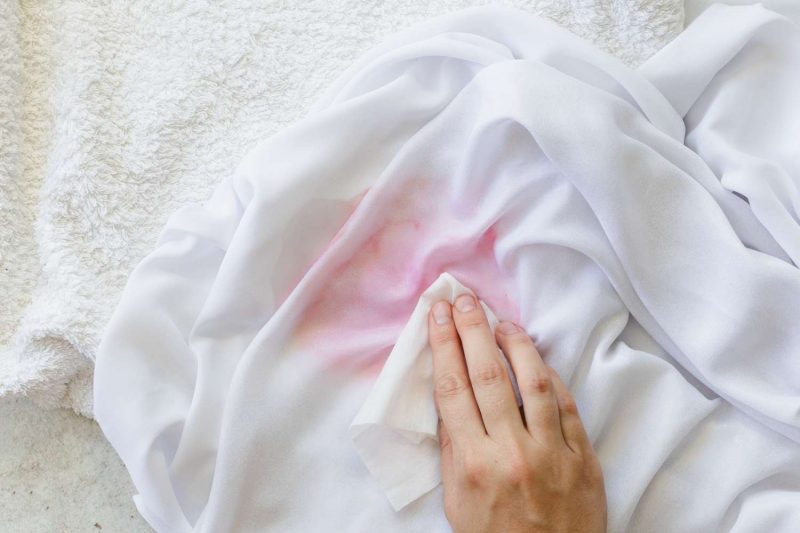
Paint
Perhaps your arts and crafts evening didn’t go as planned, and now you find yourself with a paint mark on your clothes. Start by gently scraping off as much excess paint as you can with a dull knife or spoon. Next, promptly rinse the paint out of the fabric using a strong stream of warm water. Apply a mixture of liquid laundry detergent and water to the stain, scrubbing and rinsing until the paint is gone. You might have to repeat this process a few times. Finally, launder the item as you normally would.
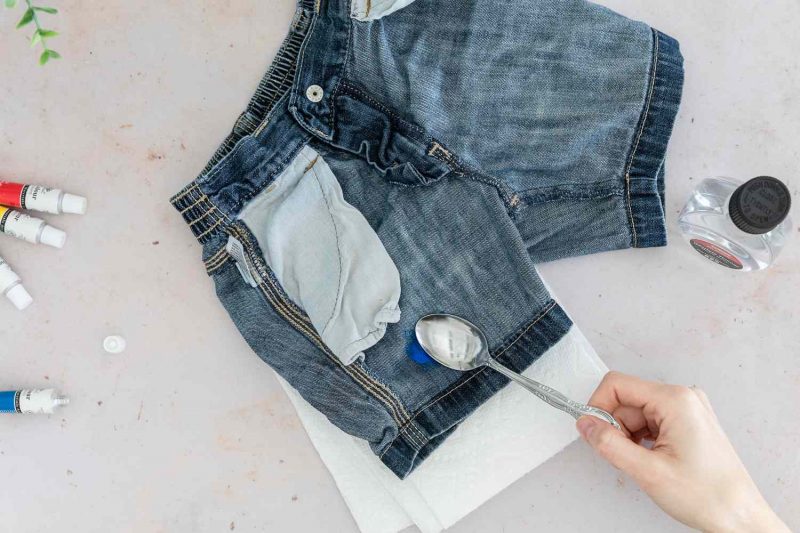
A Comprehensive Guide to Stain Removal
Every link provides a detailed guide on the necessary products and the process for eliminating particular stains from various materials, including washable fabrics, dry-clean-only items, and carpets and upholstery. Although numerous stains can be addressed similarly, some demand unique methods to prevent them from becoming permanent. Removing stains from upholstery and carpets involves a bit more expertise compared to simply placing a shirt in the washing machine.
To assist you in managing stains, we’ve compiled an extensive A to Z guide of common stain sources.
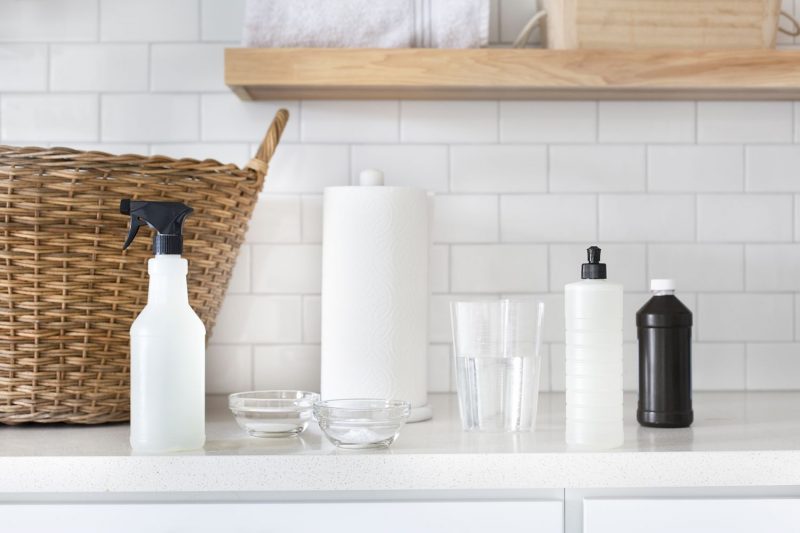
Warning
When tackling stains, remember that certain stain removers should never be combined. It’s important to thoroughly rinse the fabric or carpet between the use of different products to prevent any harmful chemical reactions from leftover residues.
What are the fundamental guidelines for eliminating stains?
To eliminate nearly any type of stain, start by gently scraping off any solid residue using a blunt butter knife. After that, apply a stain removal product, dish soap, or a strong laundry detergent to the affected area. Let the solution sit for five to ten minutes to soak into the stain. Afterward, assess whether the stain has faded, and if needed, apply additional stain remover. Finally, wash the garment as you normally would.
Which stains are impossible to eliminate?
The longer a stain remains unaddressed, the harder it becomes to eliminate. Consequently, there are certain stains that, once established, may not be completely eradicated. Among the more challenging stains to tackle after they have set are chocolate, permanent ink, red wine, oil or grease, and discoloration caused by smoke.
What are the best methods for eliminating stubborn stains from garments?
Soak the stain with white vinegar to let it absorb into the fabric. Next, dust the area with baking soda and let it take effect. Gently massage it into the fabric and let it sit for 20 to 30 minutes. Afterward, rinse the item, and if the stain remains, apply a strong commercial stain remover or take it to a professional dry cleaning service.

